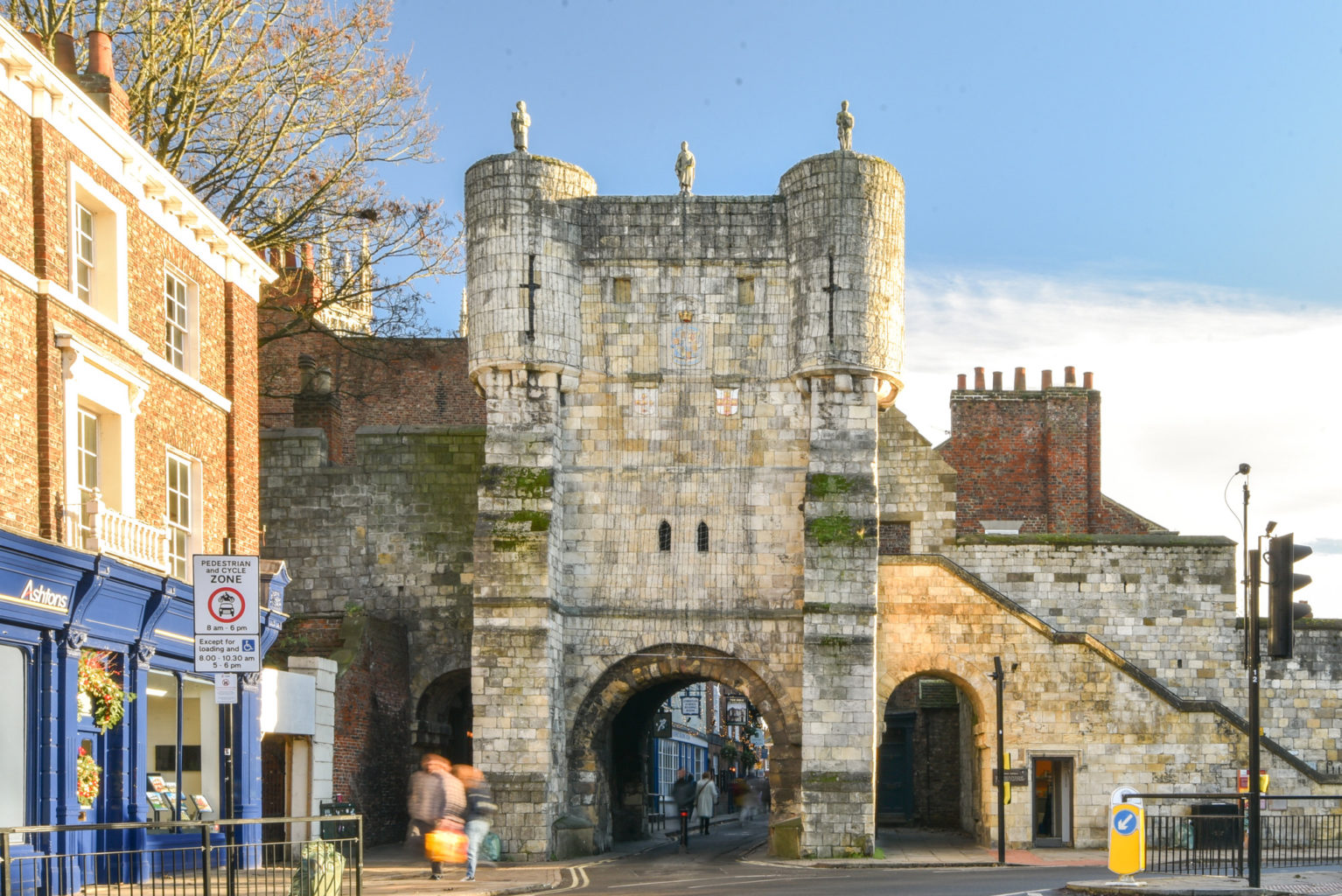In the latest instalment of the Historic Environment Forum’s Sector Resilience Interviews series focussed on the theme of Policy, we hear from Rebecca Burrows, heritage consultant at Donald Insall Associates.
Please tell us a bit about yourself and your role.

I work as a heritage consultant at Donald Insall Associates, a practice that have been advising on informed change within the historic environment since the 1950s. The practice has pioneered a creative approach to architectural conservation and heritage consultancy for over 65 years.
I work in our York office with a great team of architects and heritage consultants, advising clients on how to unlock the potential of historic places and guiding interventions through the planning process. I have produced award-winning research into decarbonising historic buildings, and have been privileged enough to have worked on all sorts of heritage, from Cold War bunkers to cathedrals, engine sheds and grottos.
What can you tell us about your work in relation to Policy? What does this work aim to achieve?
This year, we are working on a national pilot study to develop a Design Code to guide the reuse of historic textile mills in the North-West. Many weaving mills are declining or at risk of total loss. The research project aims to showcase how Design Codes (which are usually adopted as local planning policy) can be used for similar historic building types across a wide area, setting the standard of design and providing certainty at planning.
We also work on a lot of Conservation Management Plans (CMP) for heritage sites, which are policy documents that explain why somewhere is significant, and how this significance should be managed.
Recently, we produced a CMP for the York City Walls to aid sensitive adaptation and to accommodate modern requirements. A defining feature of York’s historic townscape, their management requires an interdisciplinary approach, engaging with conservation, archaeology, tourism, businesses and setting. Having a robust set of policies ensures that change can be managed consistently and sensitively in the long term.

We have also just finished a CMP for a large country house and agricultural estate in Trafford. Here, we explored how to make CMPs more resilient by focusing on how they can successfully be implemented. We used extensive stakeholder engagement and innovative digital techniques to improve accessibility, useability and future flexibility.
What contribution will this make towards resilience in the heritage sector?
Policy documents such as Conservation Management Plans and Design Codes can be one of the most important reports a historic site can commission, as it sets the conservation strategy and actions for years to come. However, traditional CMPs can be cumbersome and inaccessible to non-experts. They often sit on a shelf gathering dust after the first 6 months!
Part of the problem is that not enough thought is given to how the policies will be implemented – how intentions will be translated into action – and the tools that staff have to be achieve this. Barriers can include changes in personnel, conflict with wider policy and legislation, funding, different interdisciplinary priorities, and a lack of understanding. These barriers to implementation have a substantial impact on the resilience of the historic environment.
We are leading the way with developing creative, innovative and client-led CMPs that make an impact. Each policy document is produced collaboratively and has mechanisms that allow for continuous learning and revision. Each project we work on helps contribute to the future preservation of our precious national heritage.
What does success look like for your work?
For us, a successful CMP is one that remains relevant over time as the historic environment evolves. It will contribute to resilience by providing a flexible and living framework of policy tools to help stakeholders manage unexpected changes.
For our country house CMP, we explored lots of innovative new ways of presenting the information so that difference audiences could access it. We published it to website platform and focused on interactive spatial mapping. This meant that staff could stand on site with their phone, click on a building and immediately have access to its historic features, significance and policies. We also provided a set of high-level principles that should apply to all future decisions. This bottom-up approach gives greater agency to the people responsible for change and also accommodates unforeseen circumstances.
For the York City Walls, we have remained in contact with the council department responsible for implementing the CMP policies. They identified that a design guide would be useful to give more detailed advice on how to implement the policies, and we continue to work with them on specific repair projects, providing a link between policy and action.
How can we get involved, or where can we find out more?
The historic textile mills design code is currently being produced for Pendle Council and you can get involved or keep updated on its progress here: https://www.pendle.gov.uk/info/20068/conservation_and_listed_buildings/610/conservation_of_textile_mills_and_weaving_sheds
The York City Walls CMP is available from this website: https://www.york.gov.uk/york-city-centre/caring-city-walls
Follow Donald Insall Associates on Linkedin for more information on the CMPs we are working on as they are published.
Overall, what do you think is most crucial for ensuring a resilient heritage sector?
We love working with clients who are willing to explore innovative ways of creating flexible, resilient and interactive CMPs. This is often a steep learning curve for us all, but we see it as vital to ensure that CMPs remain a useful planning policy tool to inform sustainable change.
This Sector Resilience interview was shared by Rebecca as part of our Heritage Sector Resilience Plan activities.
If you’d like to contribute an interview as part of the series, follow the link below to find out more:

